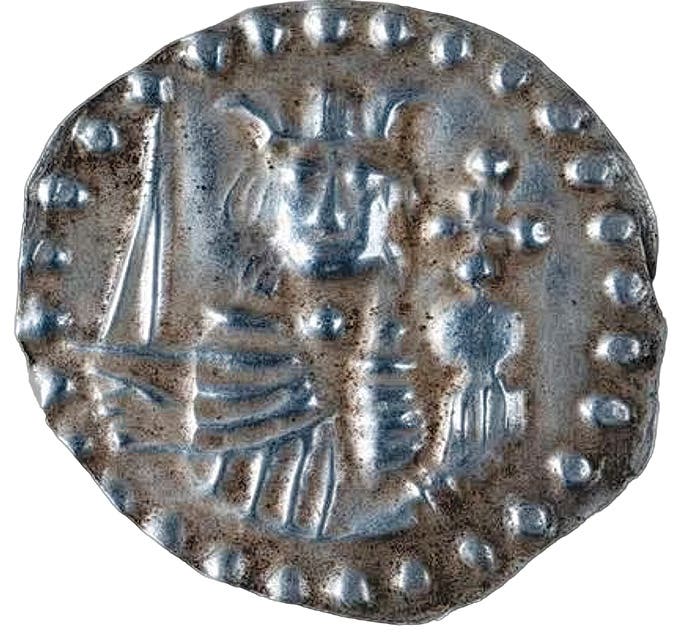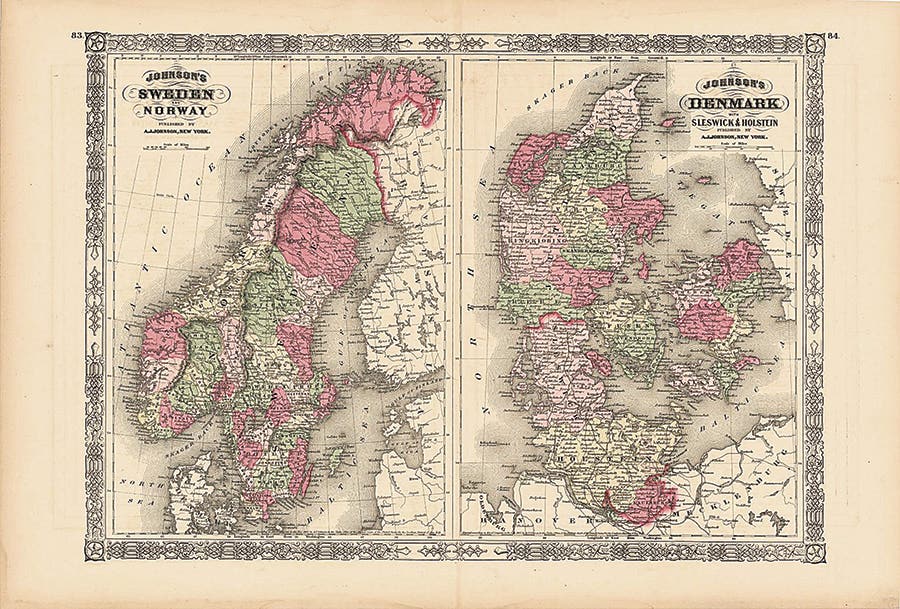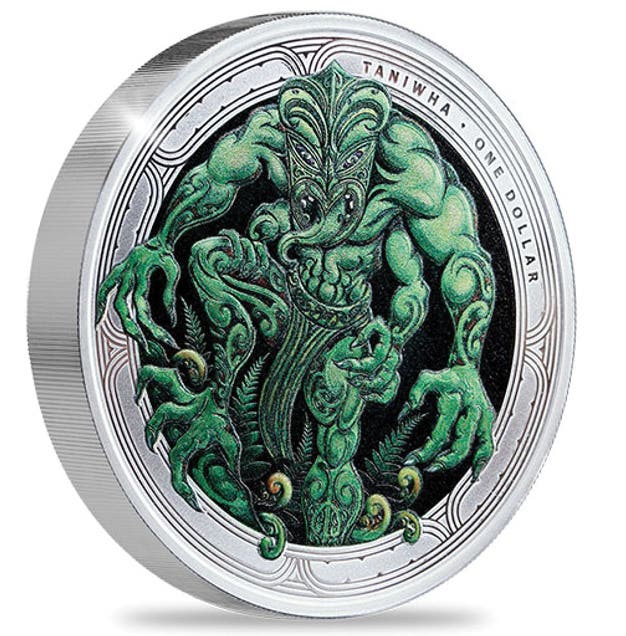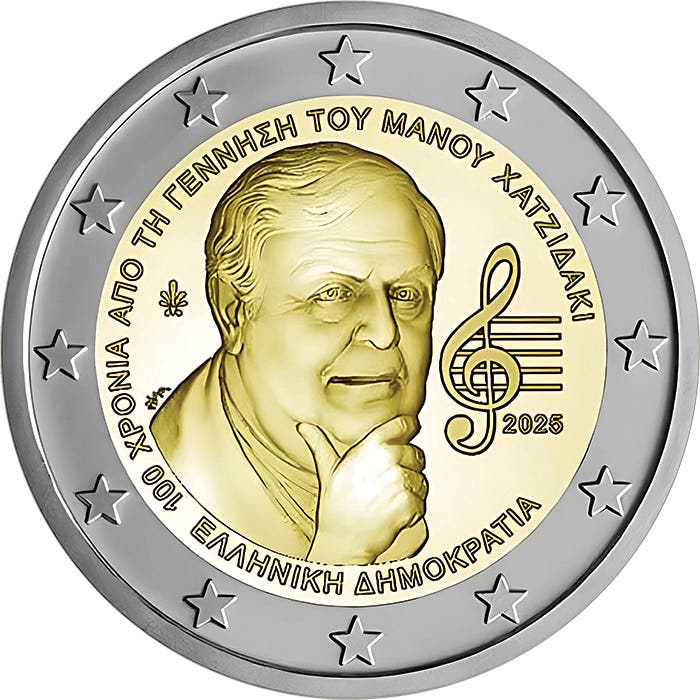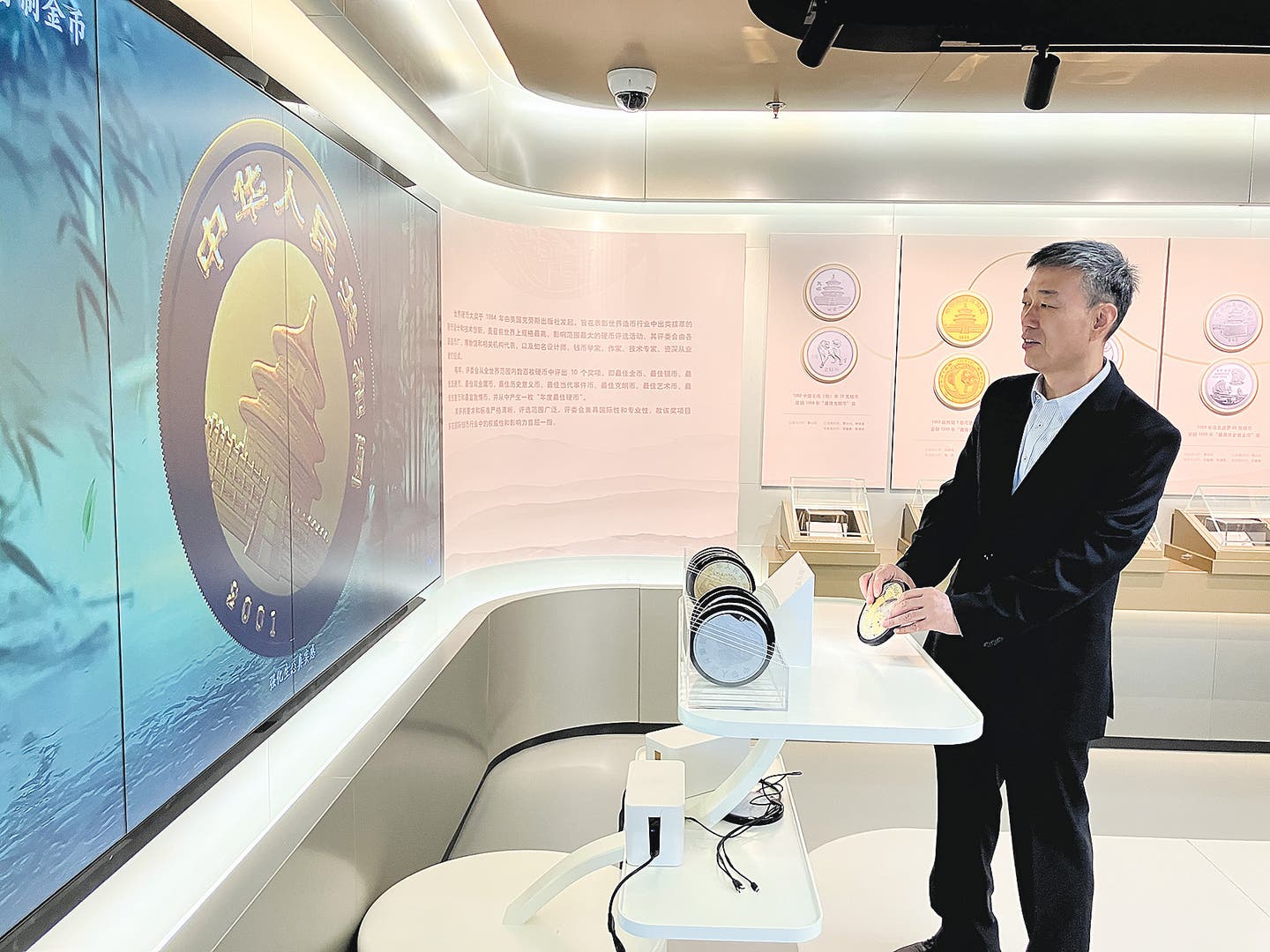Finland celebrates independence
On Dec. 6, 1917, Finland declared its independence from Russia. To mark this year’s centenary the Mint of Finland has struck a silver 10 euro and gold 100 euro as…
On Dec. 6, 1917, Finland declared its independence from Russia. To mark this year’s centenary the Mint of Finland has struck a silver 10 euro and gold 100 euro as part of the “Finland 100 Program.” Both coins were released on Jan. 3.
The 22 mm, 5.65 g .917 fine gold proof is the work of designer Simon Örnberg. A mosaic on the reverse forms a cartographic image of Finland. An arch on the obverse symbolizes the growth in Finland’s population during 100 years of independence. Mintage is 3,000.
The design of the 28.5 mm, 10.0 g .500 fine silver proof is the joint work of Jennifer Tuomisto and Saara Peltomäki. Mintage is 10,000 of which 100 carry a sequential number from 1 to 100 stamped on their reverses. These numbered coins have been mixed randomly into the total mintage.
From the 12th century the land that forms Finland today was part of Sweden with colonization taking place throughout the Middle Ages. By the 17th century the country was governed by a Swedish-speaking nobility with the use of Finnish confined to the peasantry, clergy and some local courts.
Over the next 200 years the country would suffer famine and plague. It would also become the battleground of choice for brutal wars fought between Sweden and Russia. The ongoing precarious position Finland found itself trapped-in helped engender a growing nationalism and desire for independence among the Finnish elite.
On March 29, 1809, the armies of Alexander I of Russia rolled over the entire country. It was declared an autonomous Grand Duchy within the Russian Empire until the end of 1917.
The autonomy proved a farce. The tsar could ignore any laws passed by the Finnish parliament. Nationalism would continue to thrive driven in part by yet another famine that saw 15 percent of the population die in the 1860s.
Then in February 1917 came the first of the Russia’s two revolutions. The Finns sniffed a chance of independence with right and left political factions competing for control the country. But the Russian Duma was having none of it.
Then in October came the Bolshevik Revolution. This saw Finland’s right-wing government declare independence on Dec. 6, 1917. The following day the new Soviet government recognized it. A month later a civil war erupted between the Finnish White and Red factions. With support from the Imperial German Army the Whites ruthlessly crushed the Reds. Bitter and often violent relationships between the two groups would continue to taint Finnish independence until after the Winter War of 1939-1940.
In 1918 Germany had offered a relative of the Kaiser to provide a king for Finland. The government flirted with the idea but briefly and in 1919 Kaarlo Juho Ståhlberg was elected first president of a new republic.
As the Mint of Finland’s website observes, the country has been through 100 years of love, loss and triumph. Today it stands united and independent.
This article was originally printed in World Coin News. >> Subscribe today.
More Collecting Resources
• Check out the newly-updated Standard Catalog of World Coins, 2001-Date that provides accurate identification, listing and pricing information for the latest coin releases.
• Are you a U.S. coin collector? Check out the 2018 U.S. Coin Digest for the most recent coin prices.





